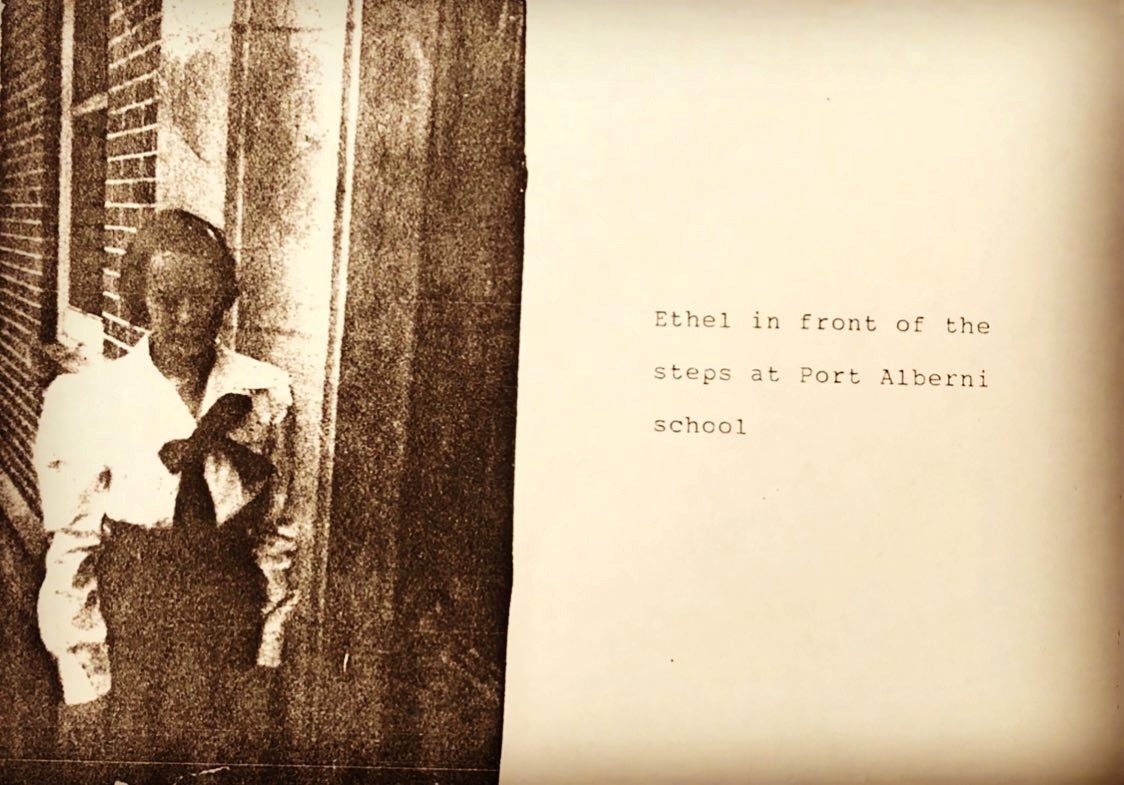
Content Warning: the following article contains information regarding residential schools and violence towards Indigenous People. Please take care when reading. If you or someone you know is struggling, please reach out.
IRSSS 24 Hour Crisis Line: 1-800-721-0066
In June 2021, the House of Commons passed Bill C-5, making September 30th a National Day for Truth and Reconciliation. This legislation followed the discoveries of multiple mass graves at former residential schools across Canada.
As of August 2021, more than 1,300 unmarked graves have been found across the sites of five former residential schools (The Guardian). The total number of children who passed away in residential schools is still unknown due to lost, destroyed, and incomplete records, however, the Truth and Reconciliation Commission estimates the total number is between 4,000 to 6,000.
To honour and recognize all who were affected by residential schools, who survived, who passed away, and who continue to grieve, Crossroads Family Services has collected shoes to display at our office building, each pair representing a life lost in the residential school system. In early September, we invited our foster families to do the same and share a photo of their displays.


Images of front-step demonstrations created by our amazing foster families
“…Reconciliation is about establishing and maintaining a mutually respectful relationship between Aboriginal and non-Aboriginal peoples in this country. In order for that to happen, there has to be awareness of the past, an acknowledgement of the harm that has been inflicted, atonement for the causes, and action to change behaviour.” (Truth and Reconciliation Commission)
What were residential schools?
Between 1831 and 1996, government-run residential schools operated across Canada with the intention of assimilating First Nations, Inuit, and Métis children with Western culture. Children were forcibly removed from their homes and sent to institutions where they were not allowed to speak their own languages or practice their traditions. Parents were prevented of visiting their children, who were taken as young as 4 years old. Many of these children were abused and thousands died from disease, neglect, and suicide.
“My view is that reconciliation is a way of life and requires work every day.”
– Gov. Gen. Mary Simon, Canada’s first Indigenous Governor General
Why do people wear orange shirts today?
Beginning on September 30th, 2013, Orange Shirt Day was created to recognize residential school survivors and demonstrate support for continuing reconciliation. The day was named by residential school survivor Phyllis Webstad, after an experience on her first day of school. When Phyllis was six years old, her grandmother purchased a new orange shirt for her, however upon arrival, the shirt was confiscated by staff. To Phyllis, the colour orange became a symbol for her experience in residential school, and now represents commemorating the residential school experience, honouring the healing journey of survivors and their families, and committing to further reconciliation (OrangeShirtDay.org).
September 30th marks the day that many Indigenous children were forced to leave their homes for school, and now is recognized as a National Day for Truth and Reconciliation.
At Crossroads, we ensure children are involved in their cultural communities, no matter where they are being cared for. The connection to cultural tradition and community shapes the future of Indigenous people in Alberta and is essential to children and families of Indigenous descent

Carrie Riddle, Family Solutions Group’s Finance Supervisor wished to share this photo of her grandmother, Ethel, standing in front of the residential school she attended.
Resources
We invite you to explore our list of Indigenous Resources developed to maintain cultural connections for children in foster care and to educate others on Indigenous culture and history. Below is an additional resource list of residential school information for children, youth, and adults.
Read:
Truth and Reconciliation Commission
Free Online Indigenous History Course
Podcasts (For free on your favourite Streaming App):
- Telling Our Twisted Histories – Decolonize. One word at a time.
- This Place – 150 years of Canadian History, told through Indigenous perspectives. Based off the best-selling graphic novel.
- Pieces – Join 19-year-old Jeremy Ratt on a journey to understand his Indigenous Identity.
Watch:
- Wawahte: Stories of Residential School Survivors
- Residential Schools| The National Film Board Archive
- CBCGem’s Free Truth and Reconciliation Collection
- Namwayut: We are all one: Truth and reconciliation in Canada – Recommended for older children, youth, and adults. An animated video of Chief Robert Joseph sharing his experience as a residential school survivor and the importance of truth and reconciliation in Canada.
Book Ideas:
- Indigenous Peoples Atlas of Canada by Canadian Geographic
- 21 Things You May Not Know About the Indian Act by Bob Joseph
- Seven Fallen Feathers by Tanya Talaga
- Braiding Sweetgrass by Robin Wall Kimmer
- Indian Horse by Richard Wagamese
- From the Ashes by Jesse Thistle
Groups Working for Reconciliation:
- Indian Residential School Survivors Society
- Na-mi-quai-ni-mak Community Fund
- Legacy of Hope Foundation
- Native Women’s Association of Canada

